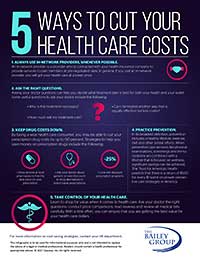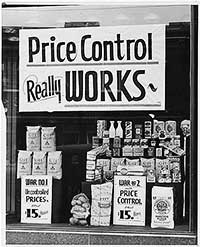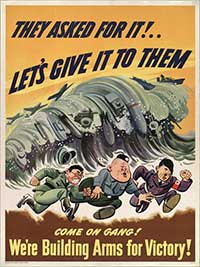How Private Health Insurance Became Tied to Employment.

Most Americans view private health insurance as something they get at work. It makes sense, after all it’s been that way for generations even as the workforce has become more mobile and employer plans less generous. But nothing makes health insurance a natural part of the employment relationship. In fact the connection is pretty much unique to the United States. The story behind that illustrates how seemingly minor choices can have major, long-range effects.2
Origins of Health Insurance. In the early U.S. doctors usually provided care at patients’ homes. Hospitals such as Mass. General were established to care for those who couldn’t afford a home visit, or didn’t live in a place where suitable care could be provided.3
The first national health insurance system was created in Germany in 1883 as part of Bismark’s social reforms, which included the first social security system.4 Early insurance in the U.S. tended to focus more on wage loss due to sickness than on medical expenses. Early efforts to create a national system like Germany’s were unsuccessful. Blue Cross and Blue Shield began providing coverage for medical expenses in the 1920s and 30s, as did some insurance companies.

World War II Changed Everything. Everything changed when the U.S. entered World War II. Millions of workers left the labor force to join the military. At the same time companies needed to boost production to support the war effort. The result was an acute labor shortage.
Conscious of the inflationary pressures that had wreaked economic havoc at the end of World War I, President Roosevelt immediately issued an Executive Order establishing the War Labor Board.6 Legislation and further Executive Orders restricting wage growth followed.7
The labor shortage coupled with legal restrictions put companies in a bind. The case of Staley Manufacturing is typical. Staley’s workers requested a 6 cent per hour raise. The company joined the request after 18 of its 55 workers left for higher paying jobs. Even though both labor and management supported the increase, the War Labor Board denied it based on the policy of not granting increases “for the purpose of influencing or directing the flow of manpower.”8
Fringe Benefits Provided the Solution. Faced with a dilemma, employers and unions found a solution in the language of the Stabilization Act of 1942, which restricted wages but allowed reasonable insurance and pension benefits. Companies and workers agreed to use health insurance as a way of enhancing the overall compensation package.

And the deal kept getting better. In 1943 the IRS ruled that the cost of group insurance paid by an employer did not count as taxable income to the employee.9 The War Labor Board also confirmed that group health insurance plans were exempt from wage controls.
The result was an increase in health insurance coverage from 12 million in 1940 to over 70 million a decade later. Soon group health insurance became accepted as an integral part of worker compensation, as reflected by the NLRB’s ruling that insurance was part of wages for purposes of collective bargaining laws and the Internal Revenue Act of 1954’s codification of its exclusion from employee compensation.
* * * * *
Much that we take for granted began with seemingly inconsequential choices. In the case of private health insurance, decisions made to accommodate war-time labor markets have grown into an industry whose products are offered by nearly every large employer.
-----
- Employer health care poster prepared by The Bailey Group. Image available on-line at The Bailey Group web site.
- Information for this article comes from Melissa Thomasson, From Sickness to Health: The Twentieth Century Development of U.S. Health Insurance, Explorations in Economic History, Vol. 39(3), pp. 233-253 (2002); David Blumenthal, Employer-Sponsored Health Insurance in the United States — Origins and Implications, New England Journal of Medicine, 355:82-88 (2006).
- History of Massachusetts General Hospital on Wikipedia.
- Wikipedia article on Healthcare in Germany.
- Shop window with price control display. Photo from Franklin D. Roosevelt Library (National Archives Identifier 195924). Image available on-line at National Archives web site.
- Executive Order No, 9017 (January 12, 1942).
- Among these are the Emergency Price Control Act, Pub. L. No. 77-421, 56 Stat. 23 (January 30, 1942); Stabilization Act of 1942, Pub. L. No. 77–729, 56 Stat. 765 (October 2, 1942); and Executive Order 9250 (October 3, 1942).
- Vetoes Rise to Hold Men, WLB Acts First Time Under Policy on Competing Pay, N.Y. Times, p. 17 (November 12, 1942).
- E.g., IRS Ruling Letter dated August 26, 1943, P-H 1943-44 Fed. Tax Serv. ¶66,294.
- Poster promoting war production created by General Motors Corporation, Pontiac Motor Division (1942). Image from University of Minnesota media archive.
This article originally appeared in our free semi-monthly newsletter. To receive future issues, please add your name to the subscription list.

